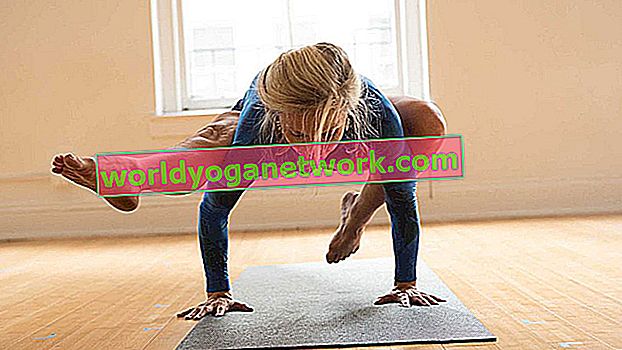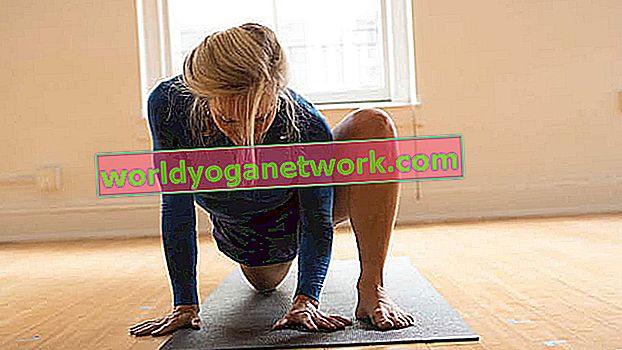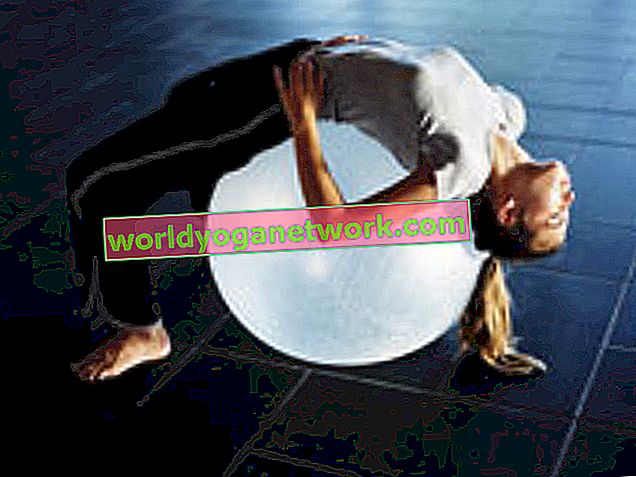
Join Senior Iyengar Yoga teacher Carrie Owerko for our new online course Iyengar 201—a mindful and fun journey into a more advanced practice. You’ll learn different pose modifications and the creative use of props, all designed to help you work with physical and mental challenges. And you’ll walk away with the skills you need to adapt to whatever life throws at you, on and off the mat. Sign up now.
Props are wonderful tools that can help make poses more accessible and awaken and bring intelligence and awareness to parts of the body that might seem dull or tense. However, we don't want to be overly dependent upon props. In some instances, it's more fun, exciting, and challenging to explore our body’s capacity to do certain poses without them.
Eka Pada Bakasana II (One-Legged Crane Pose II) is a great pose for more experienced practitioners, as well as those who are just beginning to work on arm balances. It's wonderful for igniting your core, improving the stability and mobility in your legs, hips, shoulders and spine, and for elongating and stretching the muscles of the back of the body. And it's just plain fun.
In meinem kommenden Iyengar 201-Kurs werden wir Eka Pada Bakasana II ohne Requisiten üben und mit einem neuartigen Ansatz in die Pose spielen. Im Iyengar Yoga wird diese Pose normalerweise von Sirsasana II (Stativkopfstand) aus angegangen, was für viele Menschen schwierig sein kann. Im Folgenden (und im Kurs) werden wir einen Weg untersuchen, wie wir die Pose vom Boden aus betreten können. Schüler, die noch nicht ganz auf die Arme kommen können, können die Phase der Pose üben, in der sie das Gewicht ihres Beines auf dem Arm spüren können, ohne das gesamte Körpergewicht auf den Armen tragen zu müssen.
Wenn Sie diesen neuartigen Ansatz für die Pose kennenlernen, gewinnen Sie Flexibilität und Kraft. Sie werden auch ein besseres Verständnis für den Orientierungssinn der Pose oder die Beziehung Ihres Körpers zur Umwelt erhalten. Wenn Sie sich auf den Orientierungssinn konzentrieren, werden Sie in den Prozess des Ein- und Ausstiegs in eine Pose einbezogen, ohne sich übermäßig um die Form (oder das Produkt) der Pose zu kümmern. Es geht um Prozess versus Produkt.
Siehe auch Iyengar Yoga
Ein neuer Ansatz für die einbeinige Kranhaltung II



